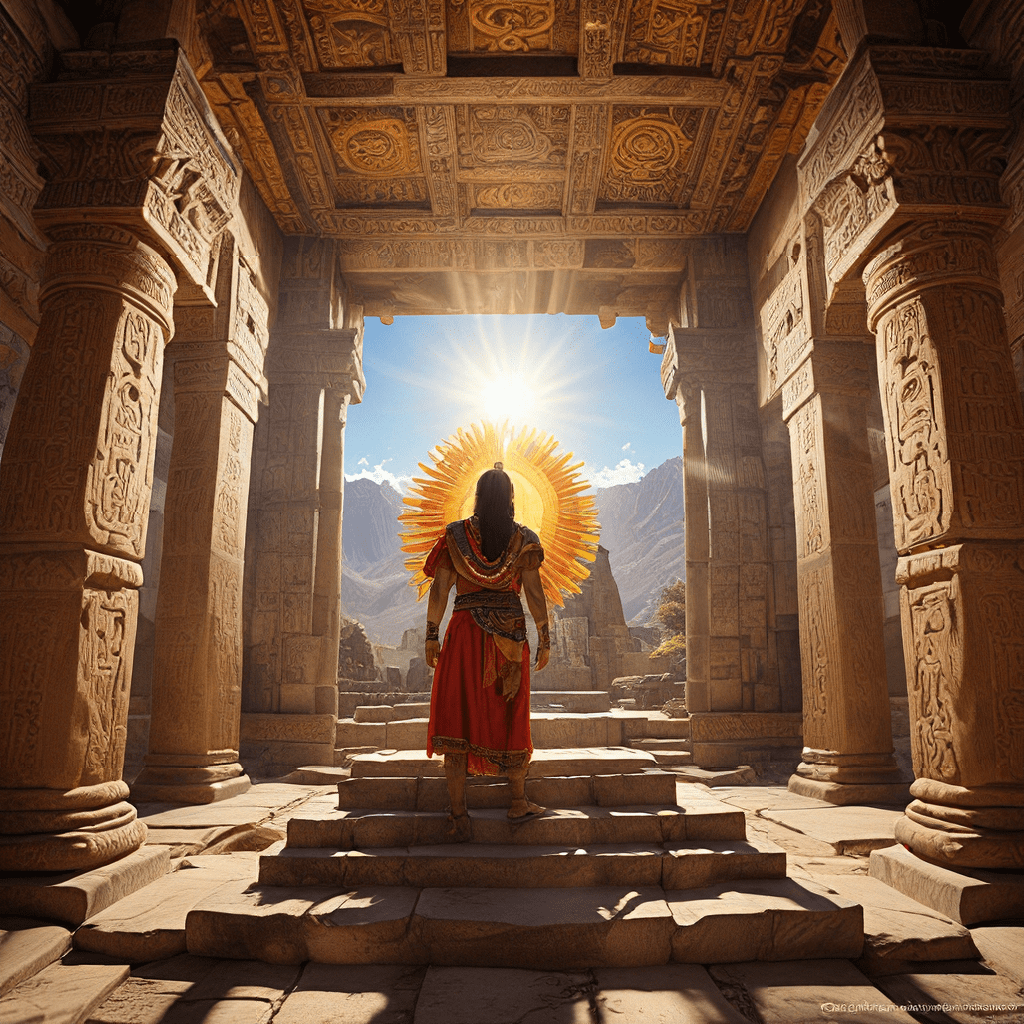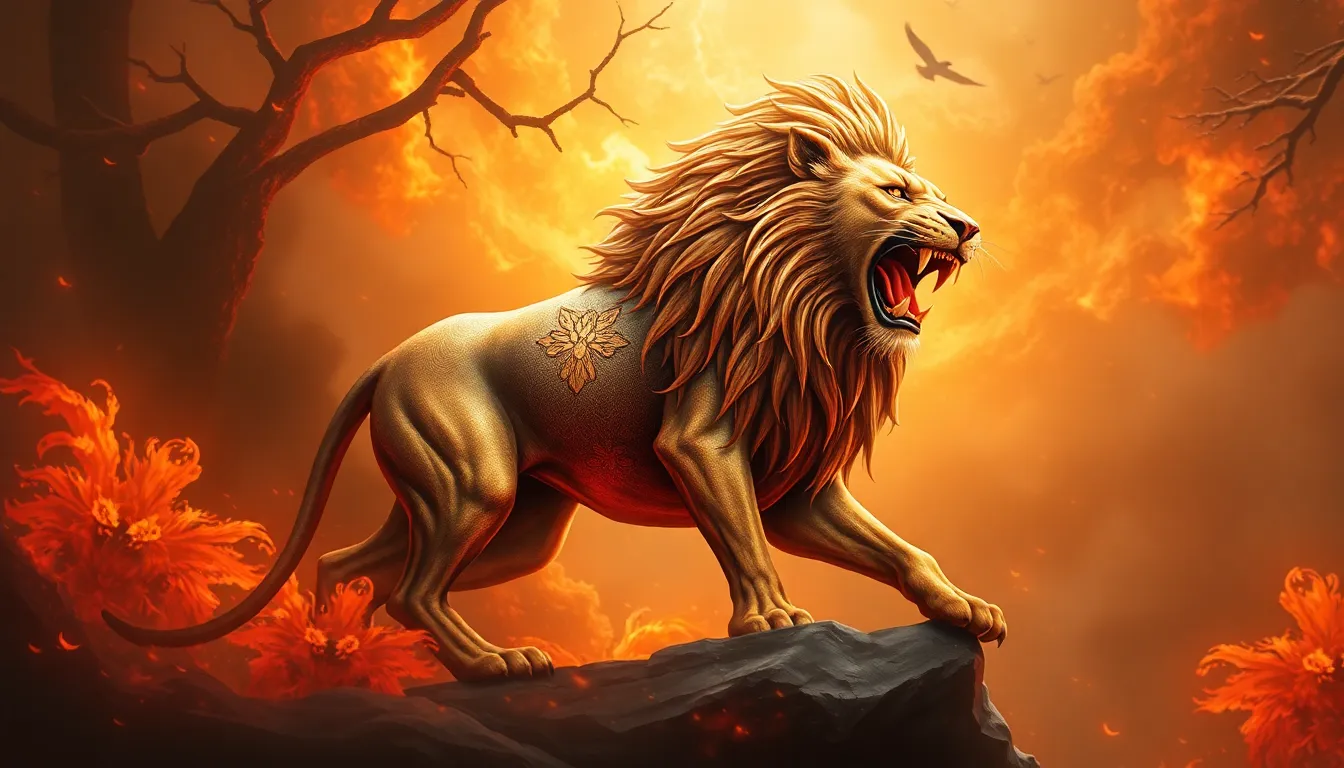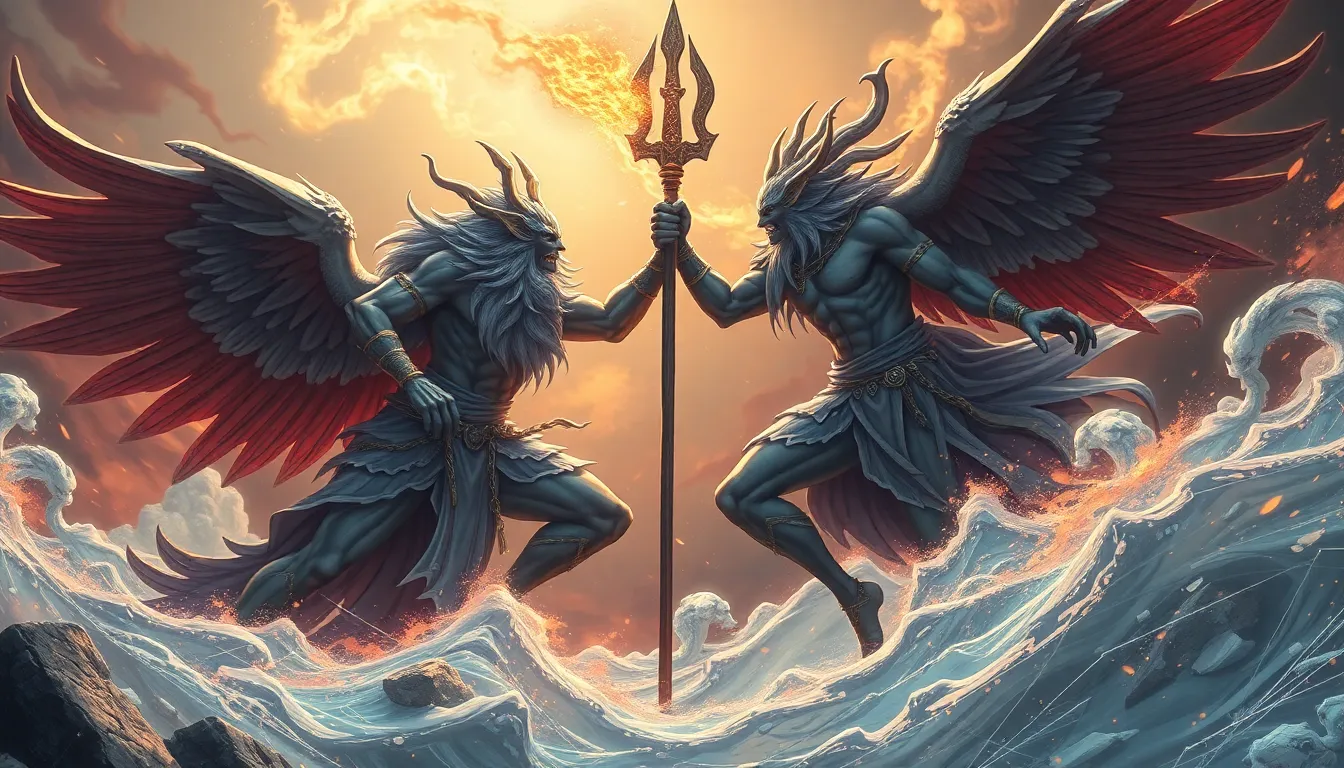The Incan Myth of the Temple of the Sun: Center of Worship
The Temple of the Sun, known as Coricancha in Quechua, stood as the most revered sanctuary in the Incan Empire. This magnificent temple, located in the heart of Cusco, the Incan capital, was more than just a place of worship—it was a physical manifestation of their beliefs about the universe and the divine. The Incan people believed that the temple was a sacred space where the sun god Inti, the most important deity in their pantheon, resided. The temple's construction was a testament to their devotion, with walls adorned with gold and silver, representing the sun's brilliance and the riches of the empire.
The Temple of the Sun: A Divine Abode
The Temple of the Sun was a massive structure built from finely cut stones, intricately fitted together without mortar. It was divided into several courtyards and chambers, each serving a specific purpose. At the heart of the temple stood a golden statue of Inti, his face eternally radiating light. The statue was adorned with precious gems, symbolizing the sun's power and glory. The temple's walls were covered in gold plates, representing the sun's rays. This dazzling spectacle reflected the Inca's belief in Inti's power and the importance of honoring him through lavish offerings.
The Origins of the Myth: A Story of Creation
The Incan myth of the Temple of the Sun is intricately woven with their creation story. Legend has it that the first Inca, Manco Capac, descended from the sun god Inti, along with his sister-wife Mama Ocllo. They were sent to Earth to teach the people about agriculture, weaving, and the arts. As the Incan Empire expanded, so did the importance of the Temple of the Sun. It became the center of their religious life, symbolizing the divine origins of their civilization. The temple's construction and rituals were seen as a way of maintaining harmony between the Incan world and the celestial realms.
The Role of Inti, the Sun God
Inti, the sun god, was the most powerful deity in the Incan pantheon. He was considered the source of life, warmth, and prosperity. The Incas believed that Inti directly influenced the weather, the harvest, and the well-being of their empire. The Temple of the Sun was dedicated to him, and his worship was an integral part of Incan life. Priests and priestesses performed daily rituals to honor Inti, seeking his favor and protection. The temple's priests played a crucial role in interpreting Inti's will, offering guidance on important matters like war, agriculture, and even the succession of the Inca ruler.
The Temple as a Cosmic Axis
The Incan people viewed the Temple of the Sun as a representation of their understanding of the cosmos. They believed that the temple was a connection between the earthly realm and the heavens. The temple's central courtyard was a symbolic representation of the universe, with the temple itself acting as the axis mundi, or the center of the world. The Incan belief system placed great emphasis on maintaining balance and harmony within the cosmos. The Temple of the Sun served as a focal point for these efforts, connecting them to the divine and seeking to ensure the well-being of their world.
Rituals and Offerings: Honoring the Divine
The Incan people believed that offerings were essential to maintaining a good relationship with Inti. The Temple of the Sun was a vibrant hub for various rituals and ceremonies designed to appease the sun god. Each day, priests and priestesses offered sacrifices of food, animals, and precious metals to Inti, hoping to ensure his favor and prosperity for the empire. These offerings were seen as a way to express gratitude for the sun's life-giving power and to ensure a bountiful harvest. The most important ritual, the Inti Raymi, was a grand festival held during the summer solstice to honor Inti. During this festival, the entire capital of Cusco would come alive with festivities, music, and dance, culminating in a grand procession to the Temple of the Sun where offerings were made to the sun god.
The Power of Sacrifice
Sacrifice played a significant role in Incan religion, and the Temple of the Sun served as a central place for ritual sacrifice. The Incas believed that sacrifice was a way to appease the gods and ensure their continued favor. They often sacrificed llamas, alpacas, and even human beings. The sacrifices were not seen as a violent act, but as an offering to the gods, a way to guarantee the continued well-being of the Incan people. The most important sacrifices were made during the Inti Raymi festival, where the Incan ruler would personally offer a llama or a young alpaca to Inti. These sacrifices were meant to symbolize the Inca's connection to the divine and their willingness to give back to the gods.
The Temple’s Influence on Incan Society
The Temple of the Sun had a profound influence on Incan society, shaping their culture and values. The temple was a symbol of their belief in the divine and their connection to the cosmos. It served as a focal point for the Incan people, uniting them in their worship of Inti and their belief in the importance of harmony and order within the universe. The temple's influence was reflected in the Incan's strict social hierarchy, their dedication to agriculture, and their reverence for the natural world. The temple was a constant reminder of the divine power and the importance of maintaining a good relationship with the gods. The temple's grandeur and intricate details showcased the Incan's skill in architecture, craftsmanship, and goldsmithing, adding to its prestige and importance within their culture.
Theories of the Temple’s Purpose
While the Temple of the Sun was primarily a place of worship dedicated to Inti, scholars have proposed other possible functions for the temple. Some believe that the temple might have been used as an astronomical observatory, given the Incan's advanced knowledge of astronomy and the temple's location in a region with clear skies. Others suggest that the temple could have served as a political center, a place where the Inca ruler received visitors and conducted important state affairs. The temple's location in the heart of Cusco, the capital, and its association with the Inca ruler, supports this proposition. Regardless of its various possible functions, the Temple of the Sun was a powerful symbol of Incan power, religious beliefs, and cultural practices.
The Temple of the Sun: A Legacy of Belief
While the Incan Empire fell to the Spanish conquistadors in the 16th century, the legacy of the Temple of the Sun continues to resonate. The ruins of the temple remain a testament to the Incan's religious fervor and architectural skill. The temple's story is a reminder of a powerful civilization and its beliefs in the divine. Today, the temple stands as a symbol of Incan culture, a reminder of their sophisticated religious practices and their reverence for the natural world. It represents a unique blend of historical significance, intriguing mythology, and cultural heritage, captivating visitors with its rich story and architectural wonders.
Frequently Asked Questions
Q: What is the significance of the Temple of the Sun?
A: The Temple of the Sun was the most revered sanctuary in the Incan Empire, dedicated to the sun god Inti. It was a central place for rituals, offerings, and sacrifices, signifying their belief in the divine and their connection to the cosmos.
Q: Why was the Temple of the Sun built?
A: The temple was built to honor Inti, the sun god, and to serve as a physical manifestation of their belief in his power and influence. It was a place where they could connect with the divine, express their gratitude, and seek his favor.
Q: What were the rituals performed at the Temple of the Sun?
A: The Incan people performed various rituals and ceremonies at the temple, including daily offerings of food, animals, and precious metals to Inti, and the grand Inti Raymi festival held during the summer solstice.
Q: What role did sacrifice play in Incan religion?
A: Sacrifice was seen as a way to appease the gods and ensure their continued favor. The Incas often sacrificed llamas, alpacas, and even human beings, believing it to be a way to guarantee the continued well-being of the Incan people.
Q: What is the legacy of the Temple of the Sun?
A: The Temple of the Sun continues to inspire and amaze with its ruins serving as a testament to the Incan's religious fervor and architectural skill. It represents a unique blend of historical significance, intriguing mythology, and cultural heritage, captivating visitors with its rich story and architectural wonders.



